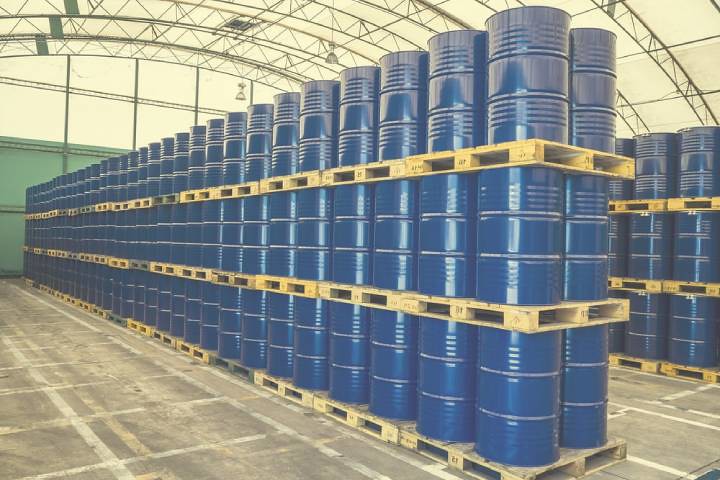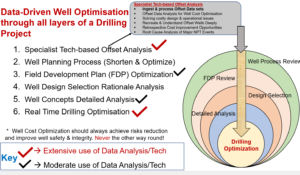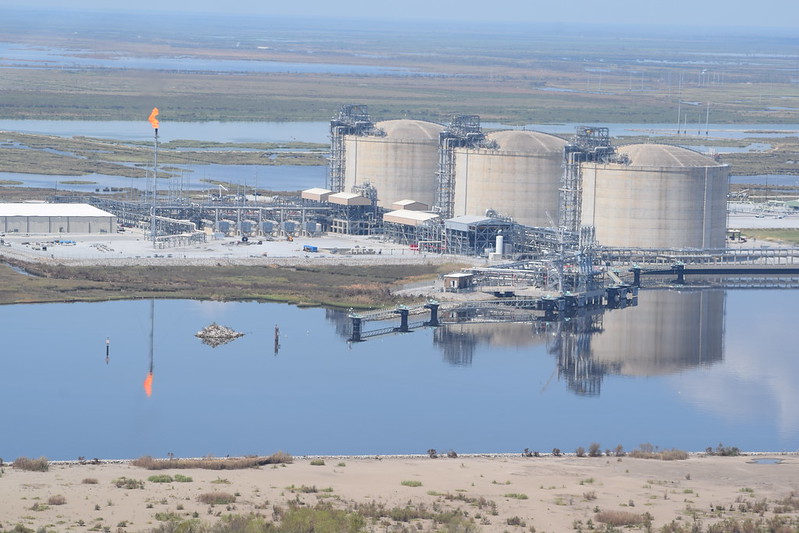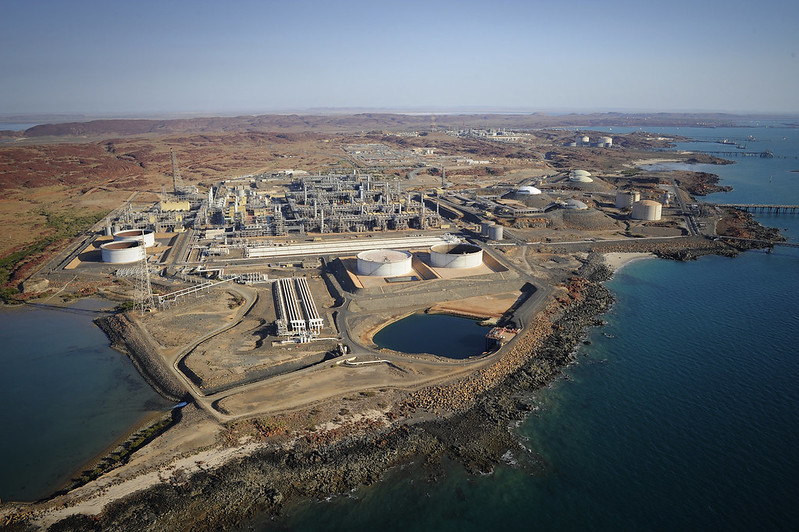A Brief History Of Oil and Gas Exploration in East Africa
East Africa Exploration Time Line
A Map Guide to Exploration History in East Africa
Exploration in East Africa actually started early last century, beginning with Anglo-American’s Dudley Expedition to Abyssinia in 1920. The biggest effort was in Uganda and the Eritrean Red Sea where there was extensive shallow drilling around oil seeps. Systematic exploration did not commence until the 1950s, however, and it is there we’ll begin this review of the exploration activity in the region, decade by decade, looking at the pattern of exploration in the different countries, the companies involved, the objectives they pursued and what drove the fluctuating interest
Permits in East Africa 1950 – 2010
Showing wells drilled during each decade.
Drilling Over the Decades
Explorers new to the region are often surprised to see that the main players historically in East Africa have been the large international companies; companies like Shell, AGIP, Conoco, Elf, Texaco, Amoco, Mobil, Exxon and Chevron. This is an impressive group, to say the least, and they have held East Africa in high regard for a long time. They lost interest in the 90s but many have been lured back by the scale of the recent discoveries.
 Wells drilled in each country by decade showing discoveries. (Source: Peter Purcell)The chart of wells drilled in each country per decade shows how discoveries – and oil companies – have moved around the region. Somalia dominated the early decades leading to the Agfoi discovery, but otherwise has had only modest results, while Ethiopia had the Tenneco Calub and Hilala gas discoveries, but size and security problems have weighed against development. The Ogaden has an impressive pattern of good oil shows but no significant flow. Kenya had oil and gas shows in early drilling but the omen of good things to come was Shell’s small Loperot oil discovery in the 90s. Tanzania has the early onshore gas discoveries at Songo Songo and Mnazi Bay and then spectacular multi-Tcf gas discoveries as deep water drilling commenced in the 2000s. Uganda had early shows in stratigraphic wells in the 30s and 50s, and then nothing until the boom of the 2000s.
Wells drilled in each country by decade showing discoveries. (Source: Peter Purcell)The chart of wells drilled in each country per decade shows how discoveries – and oil companies – have moved around the region. Somalia dominated the early decades leading to the Agfoi discovery, but otherwise has had only modest results, while Ethiopia had the Tenneco Calub and Hilala gas discoveries, but size and security problems have weighed against development. The Ogaden has an impressive pattern of good oil shows but no significant flow. Kenya had oil and gas shows in early drilling but the omen of good things to come was Shell’s small Loperot oil discovery in the 90s. Tanzania has the early onshore gas discoveries at Songo Songo and Mnazi Bay and then spectacular multi-Tcf gas discoveries as deep water drilling commenced in the 2000s. Uganda had early shows in stratigraphic wells in the 30s and 50s, and then nothing until the boom of the 2000s.
The trend has changed. From Kenya through Tanzania to Uganda, the chart is soaring. The potential for further discoveries is high. The potential economic benefits to these countries are many. So too are the challenges, both technical and social.
Lessons from History
There are a number of lessons we can learn from this history. For explorers, there is the always useful reminder that early results must be carefully considered, especially where there are seeps and shows involved. There is the encouragement, already taken up by many companies, that the other Tertiary rift basins of East Africa might also host large oilfields, perhaps especially the Western branch which is almost undrilled beyond Lake Albert. There is encouragement from the Lokichar discoveries that portions of the more volcanic Eastern Branch can also be petroliferous. There is also encouragement regarding the potential of offshore Somalia, along trend with the giant gas province to the south. However, we must also remember that the recent discoveries do not upgrade all the basins of East Africa, only those which are geologically analogous.
The history also offers some insights into the complex social and political situation now challenging our industry in these countries. Those decades of unsuccessful exploration bred intense economic frustration but that has been over-printed by the recent successes. Expectations are now very high, unrealistically high, both in terms of economic benefit and further discoveries. East Africa is seen by many as a vast oil province and huge discoveries are expected across the region. These views prevail at all levels of society, right up to the Ministerial offices.
This expectation is adding to social and political conflicts in the region, as groups – local, tribal, national – vie for control of land where they expect oil or gas will be found. Many of the issues are old, but the proximity or promise of oil or gas wealth is an added and complicating factor.
.jpg) A summary of East African conflict zones. (Source: Peter Purcell)There are several international border disputes near the discoveries or areas of potential, real or imaginary. The Sudan/Kenya dispute over the Ilemi Triangle area, for example, is adjacent to the Lokichar discoveries. Uganda and Congo disagree over Lake Albert borders. Tanzania has disputes with both Malawi and Congo over lake-basin boundaries. Armed conflict in the Ethiopian Ogaden and between Somaliland and Puntland are both invigorated by the perceived promise of oil riches. Offshore, oil and gas potential is a factor in the Kenya/Somalia dispute over the maritime boundary and a contributor to increased tension between Tanzania and Zanzibar.
A summary of East African conflict zones. (Source: Peter Purcell)There are several international border disputes near the discoveries or areas of potential, real or imaginary. The Sudan/Kenya dispute over the Ilemi Triangle area, for example, is adjacent to the Lokichar discoveries. Uganda and Congo disagree over Lake Albert borders. Tanzania has disputes with both Malawi and Congo over lake-basin boundaries. Armed conflict in the Ethiopian Ogaden and between Somaliland and Puntland are both invigorated by the perceived promise of oil riches. Offshore, oil and gas potential is a factor in the Kenya/Somalia dispute over the maritime boundary and a contributor to increased tension between Tanzania and Zanzibar.
Where discoveries have been made in Uganda and Kenya, conflicts over entitlements and revenue sharing between local and national communities are already challenging the governments and companies involved. Similar challenges can be expected wherever new discoveries are made. Knowledge of the history of exploration in a region, and the role it has played in shaping community beliefs and expectations, may help companies to understand and manage the complex social and political demands that now confront them in this region.


















